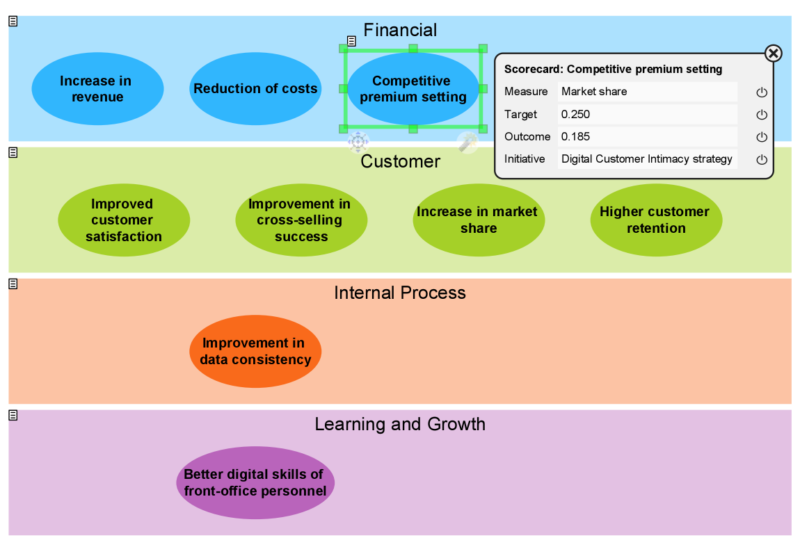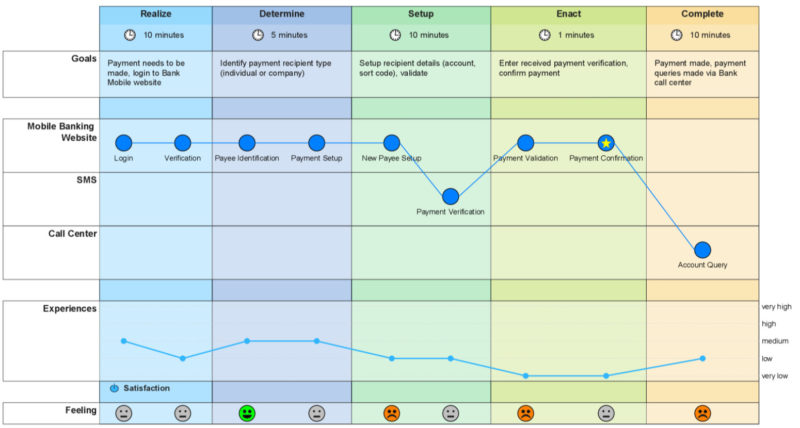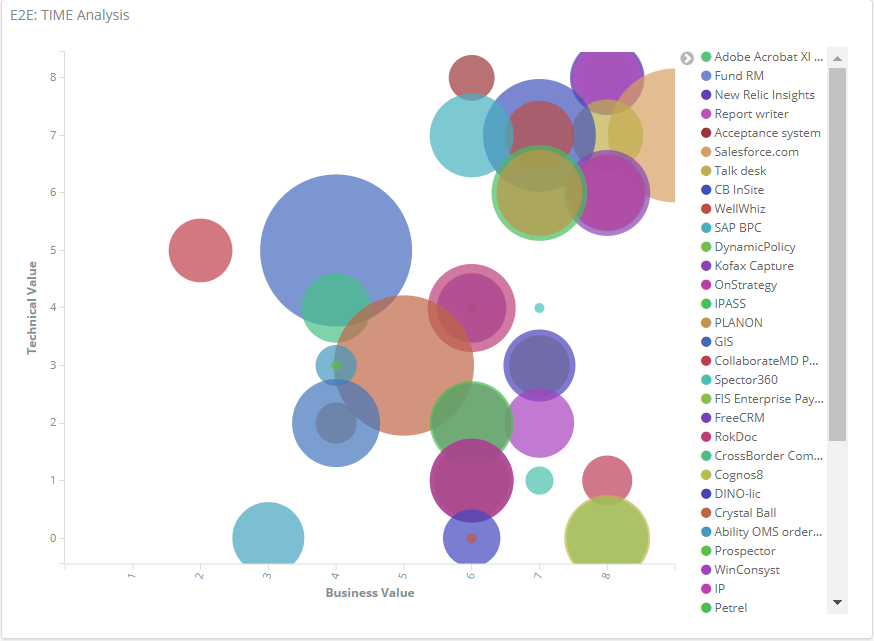Whatever your role, wherever you are, you are measured by the value that you bring. People interact with you because they derive some value from that interaction. That could be political, social, economic, intellectual or technical. To maximize your value, you need to understand how that interaction is measured.
Being an Enterprise Architect is no different. To be relevant within your organization, you need to find and unlock business value. This starts with understanding what is important to the business and how it is measured. Once you understand business value, it is then possible to make effective decisions. Or more plainly, the right decisions, i.e. those that unlock the greatest business value for the effort and expense. Without this understanding of business value, enterprise architects can become insular; their approach led by process and methodology; their value diminished and their relevance questioned.
To define and measure value, you need to examine the fundamentals of your business and industry. In the private sector, business value is based on sales, delivery, and margin. This value is subjectively based on the stakeholders and their relationships to your business; a shareholder, staff member, partner or customer, for example.
In the public sector, business value can be measured by happier citizens, improved social outcomes, or improved economic outputs measured through GDP. More widely, your organization may value their staff, their customer experience, or their interaction with the natural environment.
Effective decisions direct investments that drive change, which in turn, result in unlocking business value. Your decisions need to be based on the Return On Investment Capital (ROIC) profile; how much business value an investment delivers, over what timescale and to what cost.

Top down, organizations can drive the unlocking of value through business strategy and monitor their progress through business scorecards, like the Balanced Scorecard above. Bottom-up, organizations may base their decisions on common industry KPIs or regulations, selecting those metrics of greatest business relevance; below, you can see a heatmap of an application landscape and the metrics associated with a particular application, including for example its business criticality, risk and adherence to Service Level Agreements (SLAs).

Internal value is found in the way in which an organization goes about its day-to-day business. Management practices to budget control, internal processes, information sharing between departments and company culture are all areas where internal business value can be unlocked. However, this internal value seeking is rarely seen as exciting or transformational. Sadly, many businesses fail to unlock internal value due to its lack of appeal.

External value is found in the wider interactions of your business eco-system, i.e. the trading of value between customers, partners, suppliers and shareholders. Focusing on external value enables your business to become customer focused. To measure customer value, you need to understand what your customers want and ensure that your resulting decisions improve this experience. An example is shown in the Customer Journey Map below, where the customer’s experience and sentiment in different stages of the journey is measured and depicted with graphs and smiley (or frowny) faces. This offers insights into the touchpoints and business moments that you need to improve in order to optimize the customer experience and enhance business value.

The focus on external value not only enables your business to become customer focused, but also opens opportunities to unlock the value of the wider business ecosystem. Whereas an internally-focused organization may perceive competitors within their market, the externally-focused organization seeks opportunities for collaboration, partnerships, and joint ventures. This external focus is especially important in the public sector where there is little opportunity for competition but significant opportunities for collaboration.
To unlock business value, you need to know where it is trapped. Trapped value is the difference between what a business achieves and it’s potential. To find the potential of your business, you need to explore different options. This might be to benchmark yourself against other companies, or to assess the impact of different options.
Internally trapped value might be immediately obvious to the staff within your organization. To unlock internal value, your organization needs to be able to spot where it has not met its full potential. This could be due to an inefficient process, how a tool is used, or the quality of the interactions it has with customers.
Externally trapped value is far harder to spot. Unlocking it requires new methods for exchanging value with your customers, partners or suppliers. This value could be exchanged through the improved exchange of information, technical interfaces or a new value proposition or product.
Your starting point is very much dependent on your influence within your business. For many Solution and Application Architects, their starting point is to seek opportunities to unlock internal value within their IT department. As such, a common starting point for many of our Bizzdesign customers is to understand their Application Landscape. This provides good initial insight and understanding. However, the Application Landscape itself offers little value beyond potentially influencing future decisions. To be relevant, our customers need to understand the fundamental relation between it and their decision making process. TIME analysis is a common example of this. With TIME analysis, the Application Landscape is assessed by its business value, technical value, cost, and sometimes risk.

A similarly common starting point for many Business Analysts is to seek internal value in their internal process, for example through approaches such as Lean Manufacturing. Whether starting with applications or processes, the same rule applies – you need to find and unlock business value within your sphere of influence.
External value can be unlocked at an operational or strategic level. At an operational level, business value can be unlocked through changes to customer interactions; or, at a strategic level, via changes to the supply chain or corporate strategy. The potential for unlocking business value at a strategic level can be identified through Value Chain Analysis and Capability Planning. These high-level approaches can be used to compare the fundamental operations of your business, without the need to understand the intricate detail of the process or technology on which it is based.
The traditional (and perhaps failed approach) of many Enterprise Architects has been to simply start to create a model of the business in the hope that it will provide enlightenment to their wider organization. Without a focus on business value and where it can be unlocked, just modeling the business for insight becomes an unfulfilling task.
This focus on business value is the starting point for BiZZdesign’s implementations of our collaborative business design platform HoriZZon. With a set of targeted questionnaires and assessments, we help you focus on those decision and change capabilities that are most relevant to the needs of you business. Our maturity model then lets you grow those capabilities along a clear improvement path. This, in turn, feeds into our Business Value Accelerator approach, which offers you modular, time-boxed consulting packages that get the most out of our platform to support you key use cases. If you want to know more about our methodology, please don’t hesitate to get in touch!